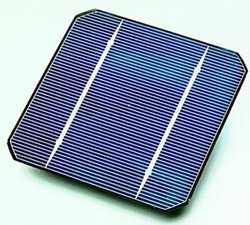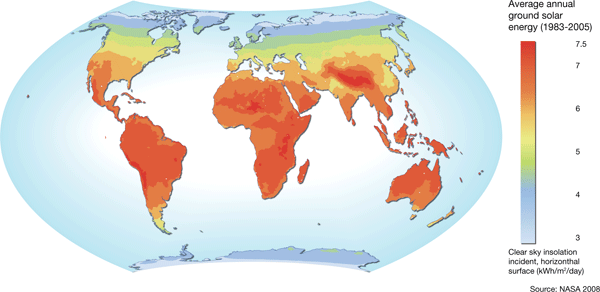Are you finding it hard to separate solar energy facts from fiction?
With so many people making claims about solar power and what it can do, it’s difficult to get the real story.
Here at Solar Power Beginner we like to keep things simple so we’ll break down the solar power facts into five easily digestible morsels.
After all, solar power could be the most revolutionary technology in the world but if no one understands it enough to put it to use, how much good will it really do?
Once people have a basic understanding of a new technology they begin to trust it. Once they trust it, they start to consider incorporating it into their lives.
What better way to get an understanding of solar energy than to take a look at some of the solar energy facts that may have escaped your attention. If you learn something new, you can pass it on to a friend and help spread the word.
So without further ado, here are your five solar energy facts for the day:
Fact #1 – There Are Two Different Kinds Of Solar Power
We’ll start with this basic building block of solar power knowledge: Solar power comes in both the solar thermal and solar electric variety.
Solar thermal involves the direct conversion of sunlight to heat while solar electric panels use the light of the sun to create electricity.
Examples of solar thermal applications include solar water heaters and solar swimming pool heaters.

Another great use of solar thermal energy is cooking your food with a solar oven. This solar thermal idea goes back to the ‘hot box’ of 18th century Swiss naturalist Horace de Saussure.
Photovoltaic technology is a little more recent. The silicon solar cells used in today’s solar panels were developed by Bell Labs in the early 1950’s.
Fact #2 – There Are Two Kinds Of Solar Electric Panels
Since we’ve already broken solar power into two groups, we might as well do the same with solar electric panels. These shiny power producers can be separated into crystalline silicon solar panels and thin film solar panels.
Thin film panels are lighter and can be produced more cheaply but they have not yet achieved the same solar panel efficiency as crystalline silicon panels.
Fact #3 – Solar Power Works Pretty Much Anywhere
Solar power can be utilized anywhere the sun shines. Obviously some areas have a better solar resource than others, but overall sunlight is the most available energy source on earth.
Here’s a graphic showing worldwide solar resources:

Fact #4 – Solar Power Can Save The World
Although solar power is probably best thought of as a supplemental energy source for the time being, there’s no reason we shouldn’t be making big plans for the future.
According to the Department of Energy: “Solar power is capable of providing many times the total current energy demand”. The DOE also figures that covering 4 percent of the world’s desert with photovoltaic panels “could supply the equivalent of all of the world’s electricity”.
So let’s think big while we take things one step at a time.
Fact #5 – You Can Take It With You
If you’re thinking that solar power can only be harnessed by solar panels on your roof, boy have I got news for you!
Technological improvements have given rise to folding and flexible solar panels and other great advancements in portable solar power.
You can fire up a solar generator or rent a solar power trailer to take the power of the sun anywhere you go.
So don’t be afraid to get mobile with solar energy.
There you go, the top 5 solar energy facts that you should know. If you’re still looking for more solar knowledge, check out our solar power facts page where we debunk the top 5 solar power myths.
